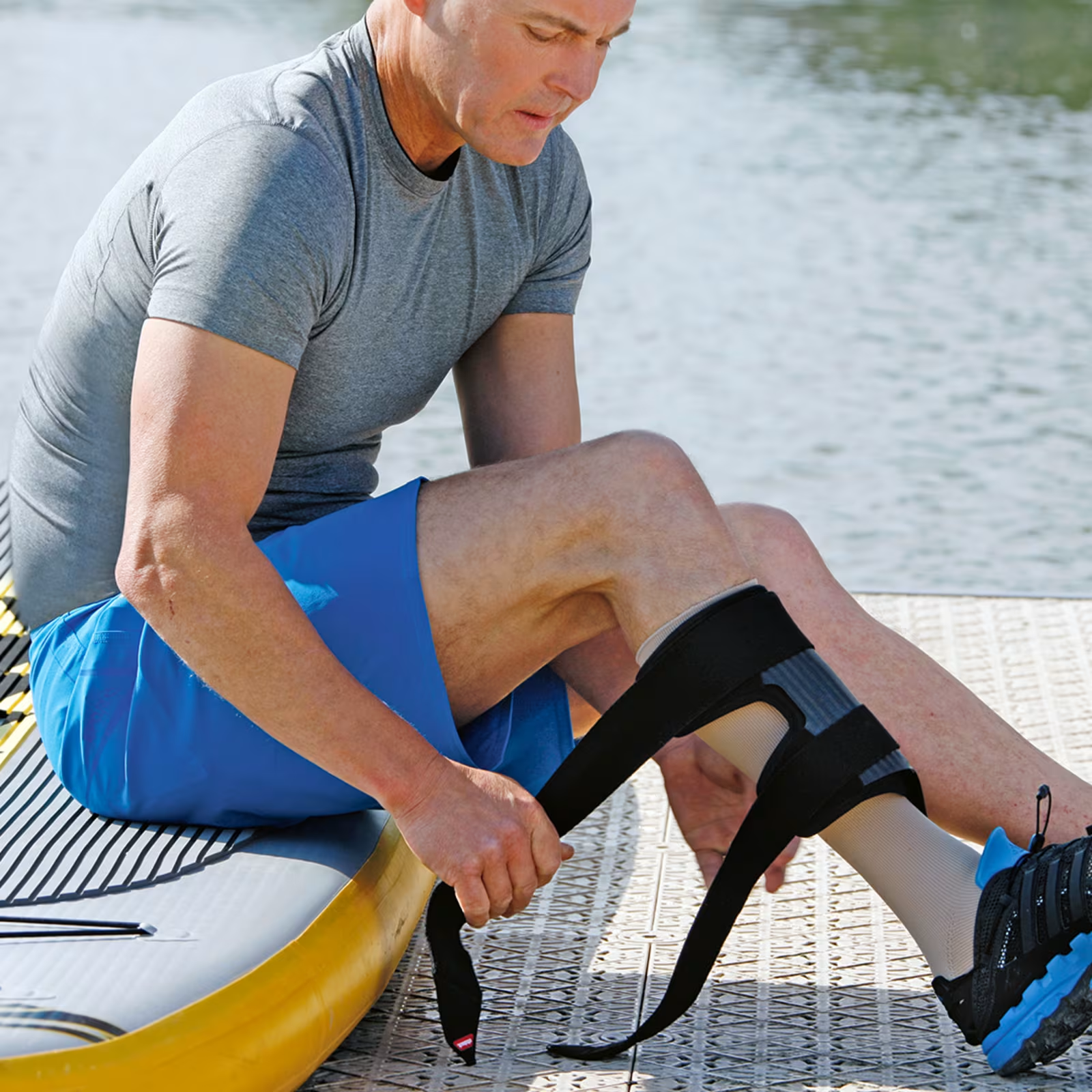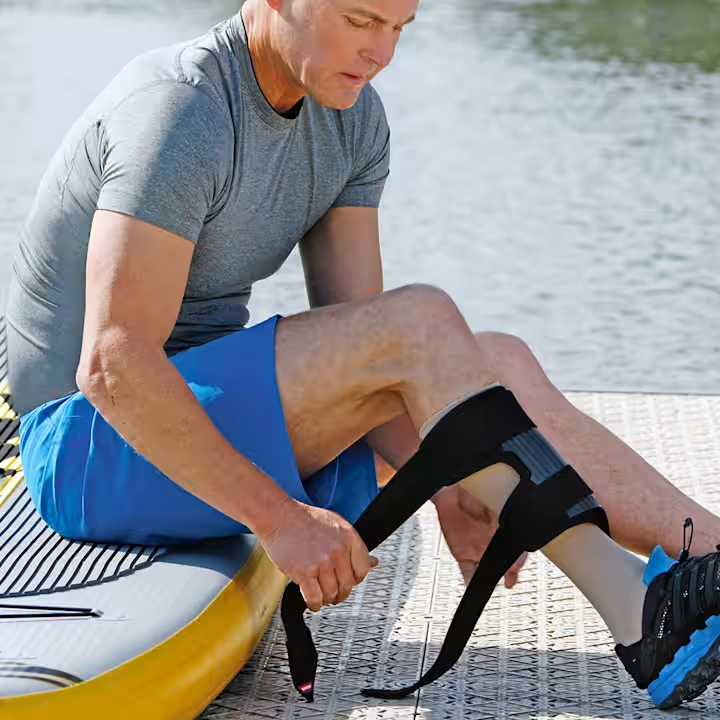


What is Drop Foot?
Drop foot – or dorsal flexor weakness – often results from stroke or other conditions and injuries such as brain trauma, multiple sclerosis or an incomplete paralysis. It prevents you from lifting your foot and toes properly when walking, affecting your balance, general mobility and self-confidence.
With drop foot, the brain cannot adequately control and effectively activate the muscles in the calf and foot, which means you can’t lift your foot high enough when you walk.
The tip of the foot is often left pointing down, meaning your toes are more likely to scuff along on the floor and get caught – so an uneven floor, a crease in a rug, or even an ordinary carpet, can become major obstacles and potentially lead to a fall.
To compensate for this, people with drop foot often swing their affected leg forward from the hip, or raise their foot higher using their pelvis or trunk. There’s also a tendency to walk on the outer edge of the foot, or grip with the toes.
Walking like this is slow, uncomfortable and tiring, taking great effort and concentration, and it can lead to hip, pelvis and back pain. As a result, walking long distances, especially outdoors, tends to be off the cards, and your confidence and quality of life can be negatively affected.
More about Dropfoot
Functional electrical stimulation (FES) can improve walking significantly, giving you the freedom of movement to live your life how you want to live it.